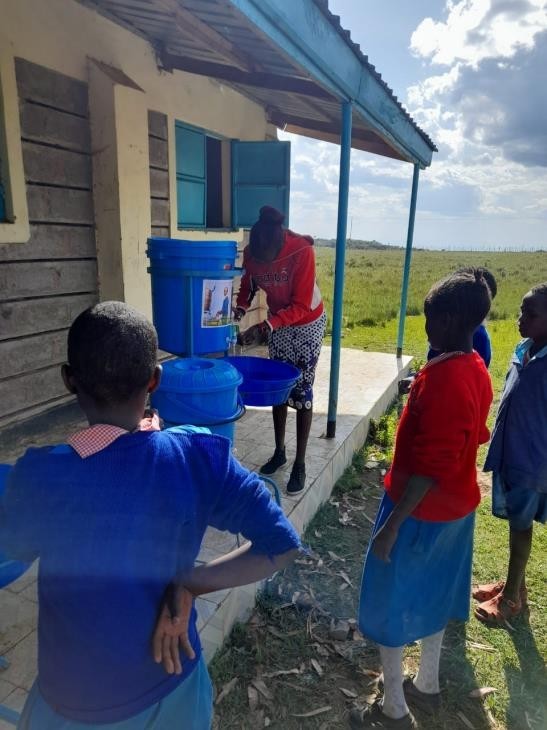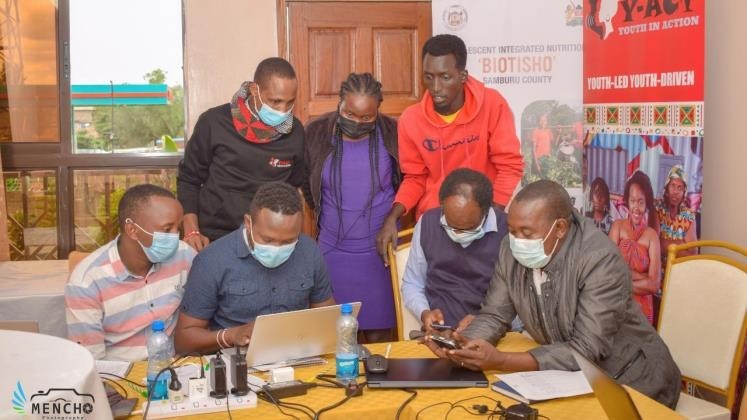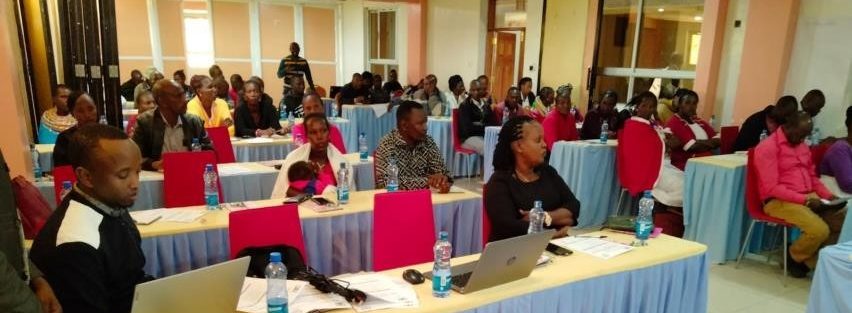The Biotisho Adolescent Nutrition Project is a vast undertaking. It was necessary, therefore, for the program, which disseminates, amongst multiple interventions, nutrition education on dietary diversity and helps establish demonstration gardens among school going and out-of-school adolescents in Samburu Central, to adopt a multi-sectoral approach.

Biotisho has succeeded in reaching 2300 adolescents, in the process disseminating information while providing demonstrable examples. At the same time, it has adopted a more inspirational tone with its message of Mainyotto Lelero ai or ‘Light your Fires Young People’ Social Behaviour Change and Communication (SBCC) Campaign. This clarion call was co-created and co-implemented with the Samburu community over the period 2020-2022. Notably, the collaboration in the development of the campaign call and the project strategies aptly captures the multi- sectoral spirit of the campaign. A program with the wide scope of Biotisho couldn’t succeed otherwise.

To recap, Mainyotto Lelero ai states that the “adolescents of Samburu are the generation that will convert their inner fires, energies and passion into action to tackle many of the problems that currently affect them and our community.” It urges them to apply “The Four Fire Pillars” – the Fire of Freedom, the Fire of Wisdom, the Fire of Courage and the Fire of Victory – to change their realities. These are young people who face multiple challenges in nutrition, food security, health, education, child protection among other development issues.

It therefore made sense that in helping these adolescents to face up to their statuses, Biotisho project needed to adopt a multi- sectoral approach and involve multiple partners. This principally is the secret to the program’s success because it enabled it to leverage all partner’s sectoral strengths and specializations. “The SBC strategy design was done through a workshop that brought together multi-sectoral representatives from such varied sectors as water, reproductive health, nutrition, adolescent health, gender, WASH (Water, Sanitation and Hygiene), agriculture, education and children’s services,” Esther, the senior programme manager at CBCC Africa (core implementing partner of Biotisho project) says. The necessity for a multi-sectoral approach could not be denied therefore.
“The core implementing partners were UNICEF, CBCC Africa and various departments of health, education, agriculture and gender,” Esther explains. Other departments also pulled their weight in project design, development of strategy and Information, Education and Communication (IEC) materials, as well as monitoring and evaluation. “Other partners with which we closely worked were AMREF, WFP and local CBOs and youth led organizations such as Bright Futures Foundation, Arable and NEST among others.”
Biotisho is all about adolescent nutrition. However, nutrition outcomes can only be addressed through a focus on multi-sectoral factors which cannot be addressed in isolation. The baseline study had already established the immediate causes of malnutrition as inadequate dietary intake and diseases. However, it also identified underlying causes which included household food insecurity, inadequate care and feeding practices among adolescents, alongside unhealthy household environment and inadequate health services. These are themselves underlain with such causes as a household’s lack of access to quality and quantity resources like land, education, employment, income and technology. Also among the basic causes are inadequate financial, human, physical and social capital, as well as socio-cultural, economic and political contexts.
To prepare for the work ahead, Biotisho trained a total of twenty-three multi-sectoral service providers as county trainers of trainers (ToTs) who were then deployed to train an additional 148 service providers at the sub-county levels.
The level of co-ordination and commitment by partners was top drawer. Here is how Esther puts it: “Seeds to the 4-K clubs for the kitchen gardens came from the County Department of Agriculture through the Agrinutrition Unit. Through Suguta and Loosuk health centres, the County Department of Health provided dewormers while counselling and psychological support training for targeted school teachers was done by a clinical psychologist from Samburu Level 4 Health Facility.”
The multi-sectoral engagement was a deliberate aim of the implementing agencies. It encompassed consulting with stakeholders in project design and using service providers from schools, health facilities and community units in micro-planning. It was these service providers who reviewed the initial plan and refined micro-activities and timelines of the Biotisho project. The multi-sectoral approach also proved its worth during the review of research protocol for the baseline and endline studies through the county health management team (CHMT). This team also played a leading role in disseminating the project research outcomes and recommendations to the Technical Working Groups at both the national and county levels.

In conclusion, Biotisho project has been effective in showcasing effective programming approaches to adolescent integrated nutrition and the multi-sectoral approach has been key to that. “For sustained impact of any initiative, it is important to engage others during every step of the project,” the report on the impact of multi-sectoral approach notes. The Biotisho project interventions are likely to continue beyond the project life because other sectors and players were invested in the project using their own resources.



